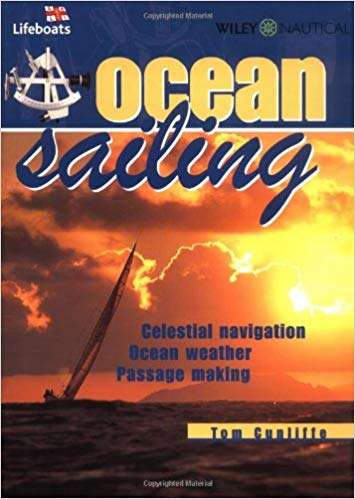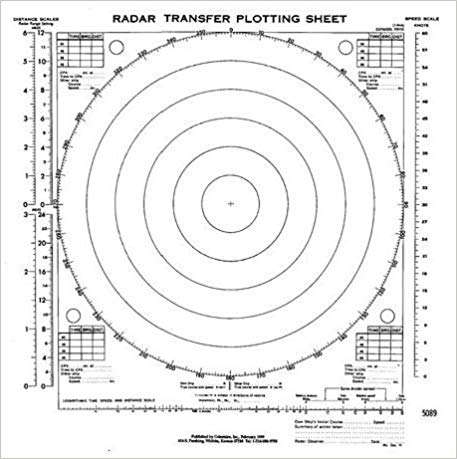The Quick and Easy Guide to Compass Correction
₱1,100.00
- Paperback: 80 pages
- Publisher: Sheridan House; First American Edition. edition (September 1, 1998)
- Language: English
- ISBN-10: 1574090232
- ISBN-13: 978-1574090239
2 in stock
Description
This guide provides all the information required to determine a ship’s compass error, its true course, and how to adjust the compass. The author describes the causes of compass error: variation, deviation, misalignment, lazy compass, frozen compass, and intermittent deviation. Beginning with the basics of magnetism, he then discusses how to apply compass error to your true course and how to measure error by taking bearings, inland and offshore. Captain Reid has designed two quick and easy tools for celestial bearings: a Compass Corrector for bearings on the sun and a Skyclock for bearings on Polaris. Step-by-step instructions on how to swing ship, set up deviation tables, and adjust compasses are also included. This is an indispensable reference for every sailor, regardless of size or type of vessel. –Sailing
Reid, a licensed Merchant Marine officer and a Florida surveyor, offers a simple guide to the arcane art of compass correction. The text focuses on how to discover its true course and ways to bring the wayward compass back into order. After discussing variation, deviation, misalignment and other causes of compass error, he grounds the reader in magnetic theory and goes on to various correction methods. Instructions include how to swing a boat, set up deviation tables and make adjustments. –Soundings
Old sails and many modern recreational boaters know about the problems Capt. Ahab of Moby Dick fame had with a great white whale. But did you know the master of the square rigger PEQUOD had another problem even modern recreational boaters share: compass error? The old square-rigger’s compass magnets had their polarity reversed by lightning during a thunderstorm Chapter 24 of Moby Dick. And the old sea dog of fiction understood the problem and fixed it with a magnetized sail needle. This interesting story is how our local Capt. George H. Reid of Cape Canaveral opens his newest booklet, The Quick and Easy Guide to Compass Correction, recently published by Sheridan House. The author described the causes of compass error: variation, deviation, misalignment, lazy compass and intermittent deviation. Beginning with the basics of magnetism, he discusses how to apply compass error by taking bearings, inland and offshore. Reid, a licensed U.S. Marine Officer and president of his own consulting and surveying firm, has designed two quick and easy tools for celestial bearings: a compass corrector bearing on the sun, and a skyclock for bearings on Polaris, step-by-step instructions on how to swing a ship, set up deviation tables and adjust compasses are also included in the book. The information and table in the book are intended for both pleasure and commercial boaters. It is interesting to note that an error of 1 degree in a voyage of 1,000 miles amounts to about 17.5 miles. As Reid points out, This could be critical if the seagoer fails to anticipate this possibility and neglects to determine his position at intermediate positions. In this case, he would be either unrealistic or foolish, after all, certain allowances have to be made for errors in steering and corrected as needed. Reid also is the author of six other books and guides covering light salvage, modern seamanship, towing and shiphandling with tugs. Look for copies of The Quick and Easy Guide to Compass Correction…. It’s a direct course for solid information that can help keep a safe course, regardless of size or type of vessel. –Florida Today









Reviews
There are no reviews yet.